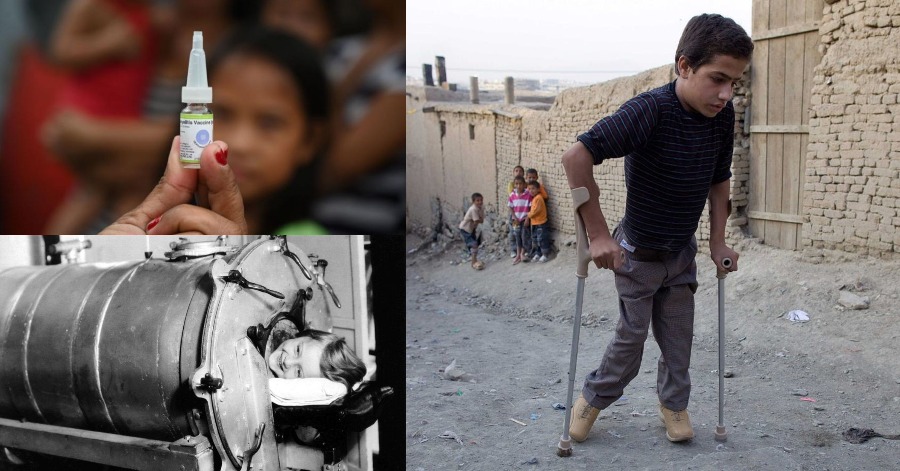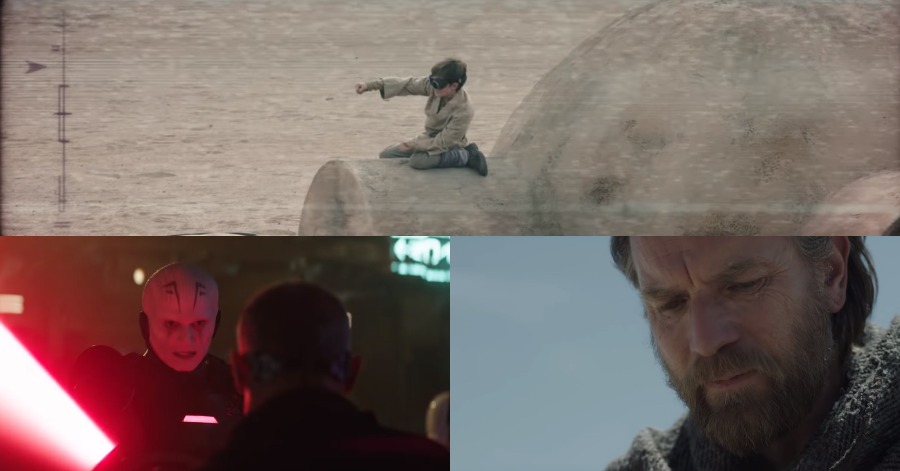Polio is actually an infectious disease caused by the poliovirus. It moves from the gut to affect the central nervous system, and there is muscle weakness resulting in a flaccid paralysis. This can occur over a few hours to a few days. The weakness involves the legs, but less commonly involve muscles of the head, neck and diaphragm. Many people fully recover. In those with muscle weakness, about 2 to 5 percent of children and also 15 to 30 percent of adults die.
Recently, the polio outbreak in Malaysia has been declared ended following an official notification by the World Health Organisation (WHO) representative office for Malaysia, Brunei, and also Singapore to the Health Ministry (MOH). The declaration was made following findings by an evaluation team comprising a panel of international experts who had carried out a comprehensive assessment of polio control and prevention measures carried out in Malaysia. For those who might not know what polio is, these are 7 interesting facts to know about polio disease.

1) There are 3 types of polio and that is the non-paralytic (which does not lead to paralysis), the spinal-paralytic (which can result in the paralysis of one or more limbs), and the bulbar (which can result in weak muscles, reflex loss, and respiratory problems).
2) 1 in 200 infections leads to irreversible paralysis (usually of the legs). Among those paralyzed, 5 to 10% of patients die when breathing muscles become immobilized.
3) Up to 95% of polio cases show no symptoms. A small number of people may have a fever, sore throat, headache, nausea, vomiting, abdominal pain, or diarrhea.
4) The virus is found in the saliva and feces of sick people. It can be spread by direct contact with sick persons or through the air when a sick person talks, coughs, or sneezes. It is also spread by food, water, or hands contaminated with infected feces.
5) About 2 to 5 children out of 100 who have paralysis from polio die because the virus affects the muscles that help them breathe.
6) Jonas Salk produced the first polio vaccine in 1952, the best way to prevent Polio because there is no cure for polio.
7) The World Health Assembly launched the Global Polio Eradication Initiative (GPEI) with the support of key health organizations in 1988 to focus on creating a solution to polio.
Sources: Do Something.









Leave a Comment